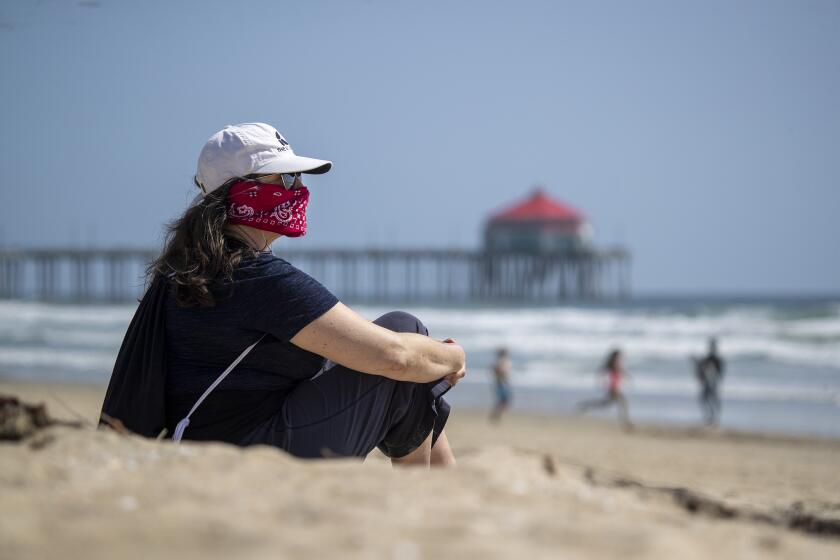Community Commentary: More information about Dwyer’s solar arrays
In the Huntington Beach City School District, we are proud of the energy conservation and solar energy generation project approved last April and presently being implemented throughout our nine schools. Energy-efficient lighting has already been installed districtwide, and three of the five sets of solar arrays are under construction. The project is positive for the environment, reducing the carbon footprint of our district. It is the equivalent of removing nearly 250 cars from the road. The project is fiscally responsible for our schools, with energy cost savings and solar incentives paying for construction costs and additionally adding about $75,000 to our bottom line annually.
I hope that providing additional information and clarification about the whole project, and Dwyer Middle School solar placement in particular, will prove helpful:
1. The normal functions of Dwyer will continue essentially unchanged once the construction is complete and the fence is removed in a few weeks. Eighth-grade promotion will be on the front lawn as usual; students will be free to sit on the grassy slope or take advantage of the shade under the solar arrays; physical education activities and sports will continue on that front field. It is likely that the sports field boundary lines will need to be shifted a bit toward Palm Avenue, and the P.E. department will be working out adjustments to the mile-run route and so on, but it will be pretty much business as usual.
2. A project like this is only possible for the school district because it makes fiscal sense. Certainly, we care about the environment and the example we are setting for our students and for the community in our commitment to energy conservation; nonetheless, this can only be accomplished because the project works financially. Huntington Beach schools, like all California public schools, are in the midst of an unprecedented funding crisis. Our school year is shorter this year and our class sizes larger because of funding cuts. The idea of sinking several years’ worth of our energy savings into an alternate location at Dwyer was just not feasible. Members of our community often state that they are in favor of solar energy in general, and putting that abstract belief into practice within our financial constraints is what our district is accomplishing.
3. The notion that there was an alternate placement that was both feasible and preferable is simply not true. The ice plant location sometimes mentioned would have entailed covering over most if not all of two basketball courts. We would either lose that P.E. function or need to relocate the courts, thereby taking out existing field space. Changing to that location would have added significant and risky construction costs because of potential hazards to be uncovered in trenching that far across the historic campus, and it had other problems involving title to the property and solar incentive applications. The roof was ruled out due to structural concerns and maintenance costs. Other areas are fire lanes or have the wrong shade profile.
4. Having listened to community sentiment, the board did change the location of the Dwyer arrays in December. The original Dwyer solar placement, part of the whole contract approved last April, was up on the pathways at the level of the school building. In November, within two weeks of hearing objections to this location, this issue was added to a board agenda and discussed at length. Chevron Energy Solutions representatives answered questions about various locations and brought an alternate placement possibility to the board. We delayed construction, listened to community input and examined the issue, voting in December to have the arrays moved to a lower location at the field level in order to have less visual impact on the Dwyer building. That vote was reaffirmed in January. This change was possible within our construction time frame and budget, and it also took into account the desire of community members to have a better view of the school building.
In conclusion, the Board of Trustees worked carefully to make sure this entire project is financially responsible and environmentally positive while preserving our educational program. Within that framework, we were able to alter the Dwyer solar location in response to community input. Implementation is now underway. The energy project undertaken at all nine schools in the school district is already showing savings from the efficient replacement lighting. We look forward to new, efficient HVAC systems at two schools and to the energy production of the solar arrays at five sites. Our students, our community and our planet will benefit over many years from this project.
CELIA JAFFE is a trustee for the Huntington Beach City School District.
All the latest on Orange County from Orange County.
Get our free TimesOC newsletter.
You may occasionally receive promotional content from the Daily Pilot.



